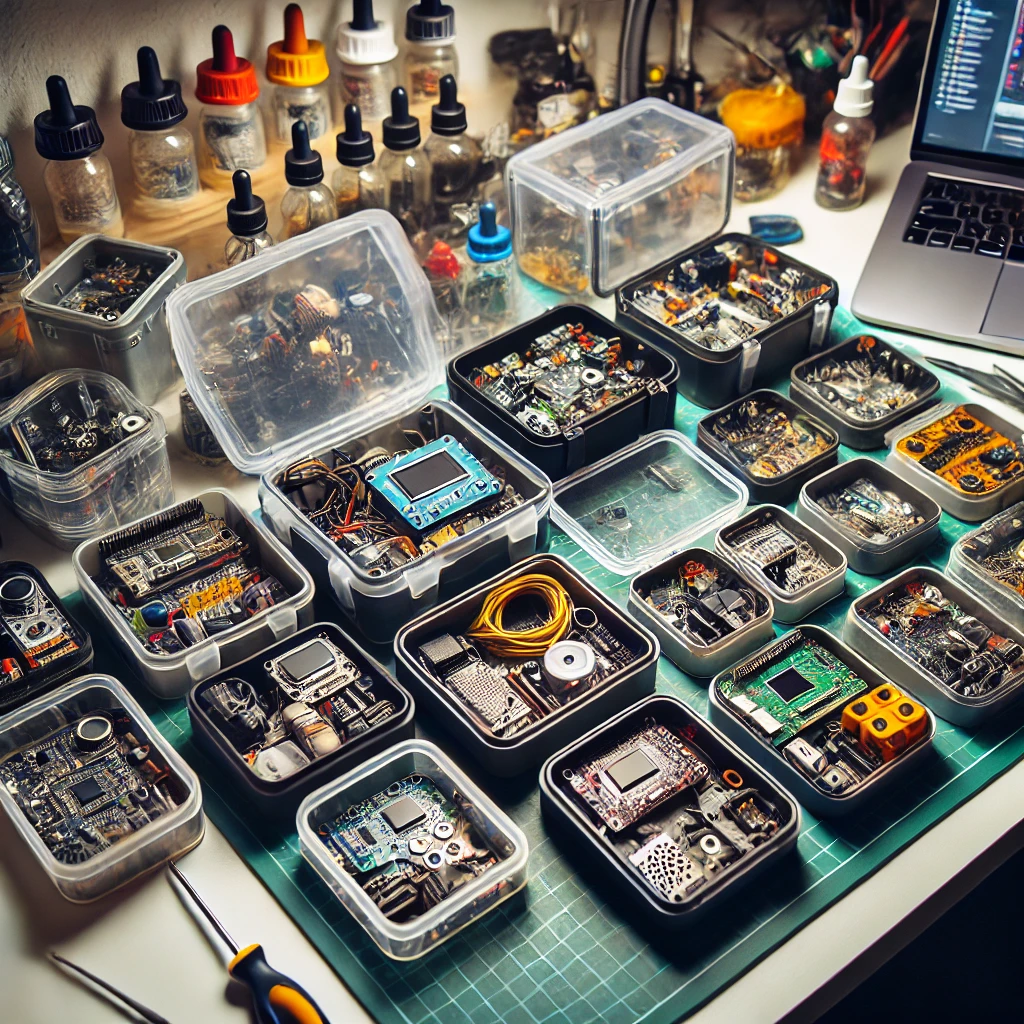How to Choose the Right Enclosure for Your Project

Selecting the right enclosure is a critical aspect of any project, whether you’re building electronics, mechanical systems, or other technical applications. A good enclosure protects your components, enhances usability, and can even improve aesthetics. This guide will help you navigate the key factors when choosing the right enclosure for your project.
Key Factors in Choosing a Project Enclosure
1. Size Matters The first consideration is size. Your enclosure must accommodate all components with enough space for wiring, airflow, or future expansions. Be sure to measure your components carefully and consider any additional room for connectors, batteries, or cooling mechanisms. Opt for a slightly larger enclosure to avoid cramping your components.
2. Material Selection The material of the enclosure plays a significant role in durability and shielding. Common materials include:
-
Plastic:
Lightweight, non-conductive, and easy to work with, ideal for indoor projects. -
Metal:
Strong, durable, and provides EMI shielding, perfect for industrial or outdoor use. -
Polycarbonate:
A combination of toughness and transparency, often used for protective and display purposes. The choice depends on whether your project requires shielding from electromagnetic interference (EMI) or protection from environmental elements.
3. Accessibility Consider how often you need to access the internals of the project. Enclosures with removable lids, hinged doors, or snap-fit designs can make maintenance and adjustments easier. For projects requiring frequent access, such as prototyping, modular enclosures are ideal.
Environmental Considerations
1. Indoor vs. Outdoor Use For outdoor projects, you must choose weatherproof or waterproof enclosures. Look for IP (Ingress Protection) ratings to ensure protection against dust, moisture, and water. An IP67 rating, for instance, offers full protection from dust and immersion in water.
2. Ventilation and Cooling If your project generates heat, proper ventilation or cooling mechanisms such as vents or fan mounts are essential. Overheating components can lead to failure, so choose enclosures with adequate heat dissipation options.
Mounting and Port Access
1. Mounting Options Depending on where the project will be used, you may need different mounting solutions. Wall-mounted enclosures save space, while desktop or rack-mounted enclosures offer better accessibility in a workshop or testing environment.
2. Port and Connector Access Ensure that your enclosure allows easy access to input/output (I/O) ports or connectors. Many enclosures offer pre-cut openings for common ports, or you can modify the enclosure to fit your specific needs.
Aesthetic and Customization
Aesthetic appeal might not be the most critical factor, but for consumer-facing products or presentations, it can make a difference. Customizable options like color, surface texture, and even 3D-printed enclosures allow for personalization that can set your project apart.




